It is almost at times human nature to think of the worst possible outcome. Whether it’s about health, marks, relationships, friendships, career or just life at large. The negative bias explains this tendency of us humans, which is why we anticipate the worst. The negative bias is quite literally one where we tend to hold onto or dwell more upon the negative stimuli and outcomes more than we do over the joy felt over happy or positive outcomes (MSEd, 2023f). Some examples that serve as precedents to such a bias can be bad test scores, past health issues, poor job performance and a lot more. This article explores deeper into the biological as well psychological aspects of the brain’s negative bias and why we anticipate the worst.
Read More: Reframing Negative Thoughts for a Positive Life
Roots and Core of Negative Bias
Although it is said that this emerged from a more animalistic and rudimentary way of living, like animals that are scared of falling prey to other animals or a race against life and thinking and planning according to the worst possible outcome, this is expanded further by Paul Rozin’s research. His research about negative emotions and negative bias talks about one of the approaches to this as how “a negative event pushes some output into negativity, but a positive event that corresponds in some way to it has no effect in the positive direction” (Rozin, 2021). An example of how losing five rupees versus gaining them will have a different effect. Where one might feel the loss of losing the money a lot more and quite intensely than the joy of earning it.
Read More: Negativity Bias: The Hidden Force Behind Self-Doubt and Stress
The Neuroscience behind this bias
The amygdala part of the brain, concepts of memory like memory encoding, as well as cognitive concepts of selective attention, confirmation bias as well and rumination can result in the negative bias. To begin with, let’s take all of these one at a time.
1. Amygdala Activation in the brain and its link to selective attention
The negative schema in memory processing is when one holds on to or remembers, pays more attention to the negative stimuli around them. It could be as simple as everyday examples like focusing and feeling sad over a small loss in finances instead of an upcoming better gain, feeling strong but not losing the weight and then focusing only on the negative side of it. This is called selective attention. It further leads to the activation of the amygdala, which responds strongly to negative stimuli.
A part of the research by Fluer. A and team talk about how childhood experiences, cognitive vulnerability that can stem from stressful situations or states of mind, can result in us focusing on the negative side of things or “expecting the worst’ as this stems from fear, anxiety and the fear of the past negative or stressful experience repeating itself (Fleur A, 2022).
Read More: Selective or Sustained Attention – What is Best?
2. Confirmation bias and a pattern
The confirmation bias is a process by which people tend to look for existing or new information, news and stimuli that comply and are consistent with their existing beliefs. Rational and unbiased is how one can start, but the moment one finds information that can be of a negative nature that reminds them of a previous experience or of a situation of themselves or another, it can lead to this negativity bias, making it biased and relative/subjective (J. Casad 2025). This is why relating the confirmation bias to the negativity bias of the brain, both likely work in a somewhat complementary manner. It is, in fact, our body and brain’s way of protecting us from any kind of harm (Janna N, 2022).
For example, when one is struggling with a say learning to drive on a highway, since they find it scary. If this person heard of an accident taking place on a highway, they would use it to confirm their fears that highways are unsafe and might not want to learn to drive on one, since they are assuming the worst possible outcome of an accident.
Practical reasons why we anticipate the worst
One of the main reasons is our environment, societal conditioning, along with the support and guidance offered by those around us. The tendency to interpret ambiguous information as negative is something that social connectedness, as well as societal values and deeply embedded notions, can influence (Brock L, 2021).
For example, the way the divorce is seen and viewed by society can affect the way one looks at getting married, while assuming that is the worst that happens and anticipating that. This can be applied to effort-outcome relationships, too. Entrance exams and preparation were society or others expect it to be done a certain way, and if not, then we can expect the worst and so on. The way others view us, as well as view certain situations and events, can also boost this negativity bias in our brains (Neeta M, 2021).
Conclusion
To conclude and summarise the negativity bias of our brains that makes us anticipate the worst is a collection of multiple factors like past and childhood experiences, confirmation bias that supports our negative stimuli interaction, as well as societal connectedness, as well as values and notions of society that we can take personally while we start something new or make decisions or form opinions. The amygdala activation proves how the perception of negative stimuli and the way our brains perceive it to confirm existing beliefs, as well as result in this negative bias and anticipating the worst.
Read More: How Childhood Experiences Affect Mental Health
FAQs
1. What is the negative bias?
The negative bias explains this tendency of us humans, which is why we anticipate the worst. The negative bias is quite literally one where we tend to hold onto or dwell more upon the negative stimuli and outcomes more than we do over the joy felt over happy or positive outcomes (MSEd, 2023f).
2. How does the amygdala get activated via selective attention?
It could be as simple as everyday examples like focusing and feeling sad over a small loss in finances instead of an upcoming better gain, feeling strong but not losing the weight and then focusing only on the negative side of it. This is called selective attention. It further leads to the activation of the amygdala, which responds strongly to negative stimuli.
3. Practical reasons why we anticipate the worst?
One of the main reasons is our environment, societal conditioning, along with the support and guidance offered by those around us. The tendency to interpret ambiguous information as negative is something that social connectedness, as well as societal values and deeply embedded notions, can influence (Brock L, 2021)
References +
MSEd, K. C. (2023f, November 13). What is the negativity bias? Verywell Mind. https://www.verywellmind.com/negative-bias-4589618
Paul Rozin, Edward B. Rozyman (November 2021). Negativity Bias, Negativity Dominance, and Contagion.https://www.researchgate.net/publication/228778181_Negativity_Bias_Negativity_Dominanc e_and_Contagion
Fleur A. Duyser, Janna N. Vrijsen, Jasper van Oort, Rose M. Collard, Aart H. Schene, Indira Tendolkar, Philip F. van Eijndhoven. (2022) Amygdala sensitivity for negative information as a neural marker for negative memory bias across psychiatric diagnoses, Psychiatry Research: Neuroimaging, Volume 323, https://www.sciencedirect.com/science/article/abs/pii/S0925492722000427
Casad, J, J.J.B., Luebering, & J.E. (2025, September 22). Confirmation bias | Definition, Examples, Psychology, & Facts. Encyclopedia Britannica. https://www.britannica.com/science/confirmation-bias
Neta, M., & Brock, R. L. (2021). Social connectedness and negative affect uniquely explain individual differences in response to emotional ambiguity. Scientific Reports, 11(1). https://doi.org/10.1038/s41598-020-80471-2

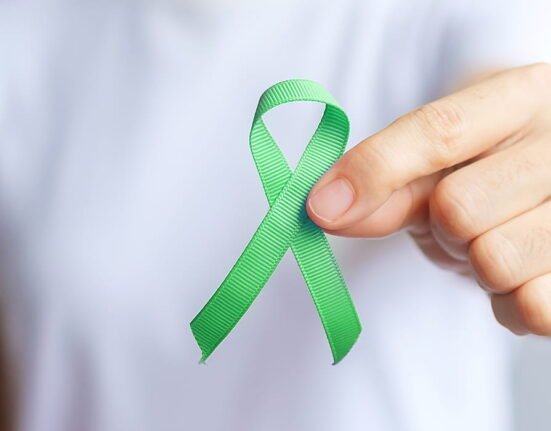

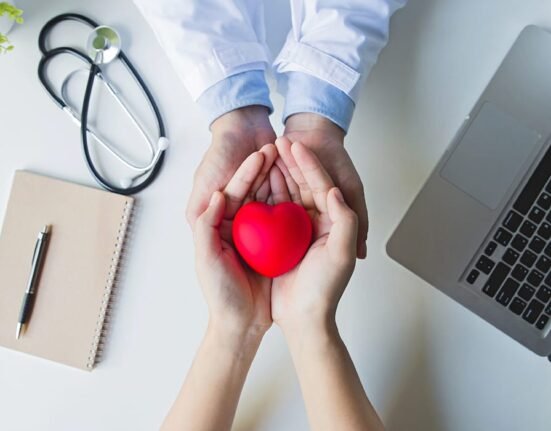



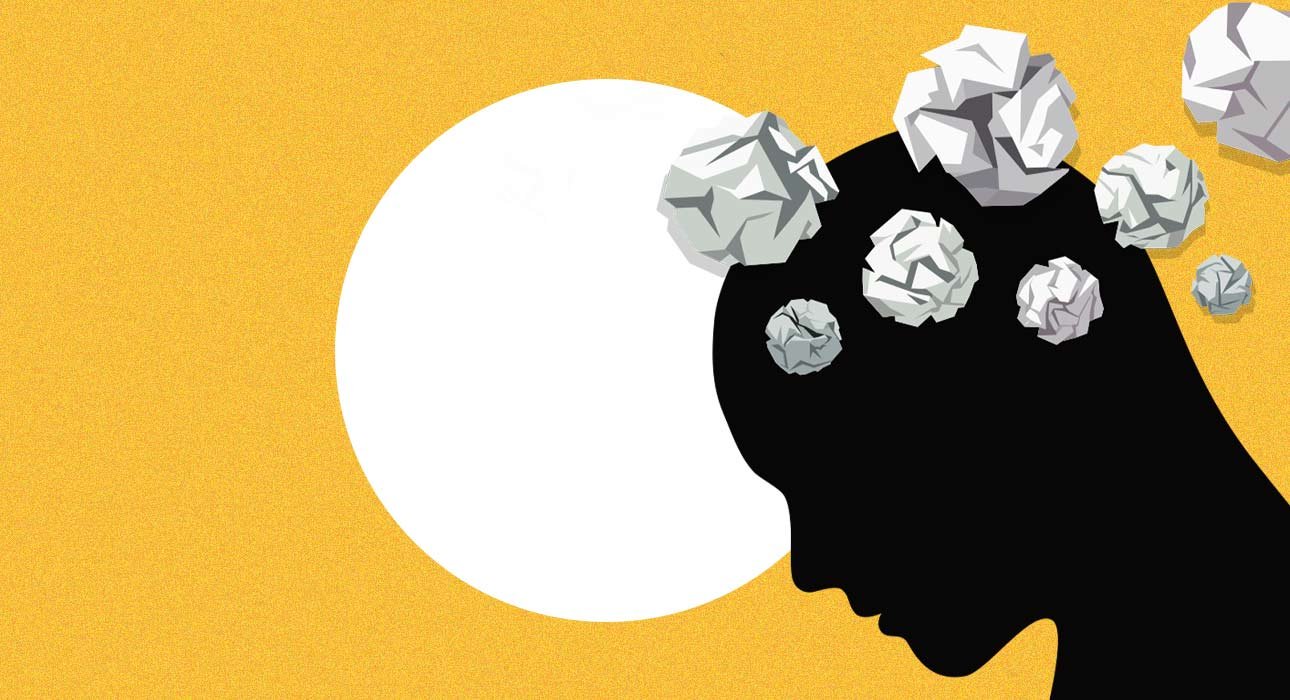
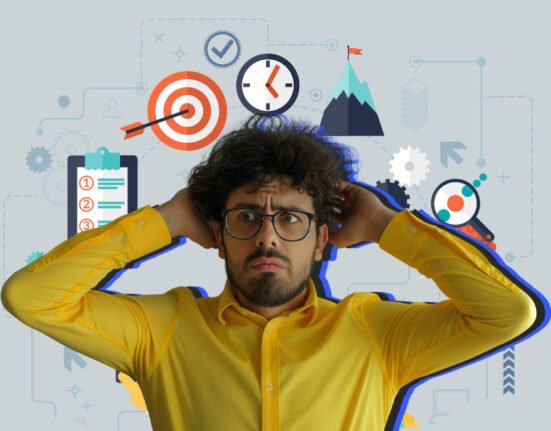



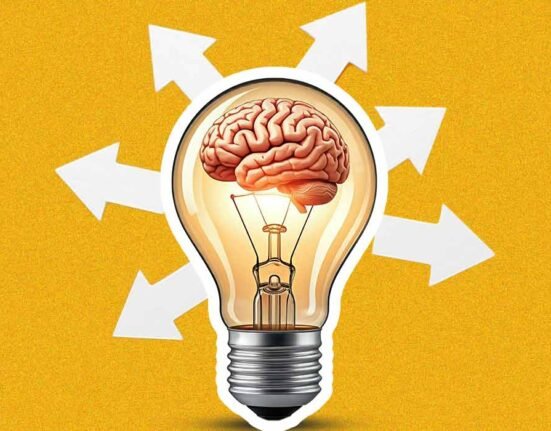
Leave feedback about this